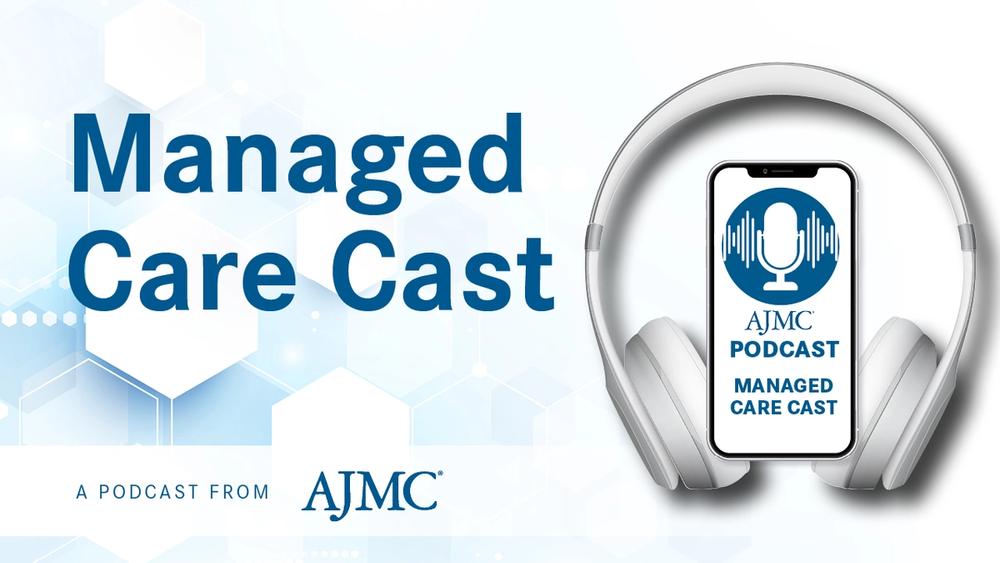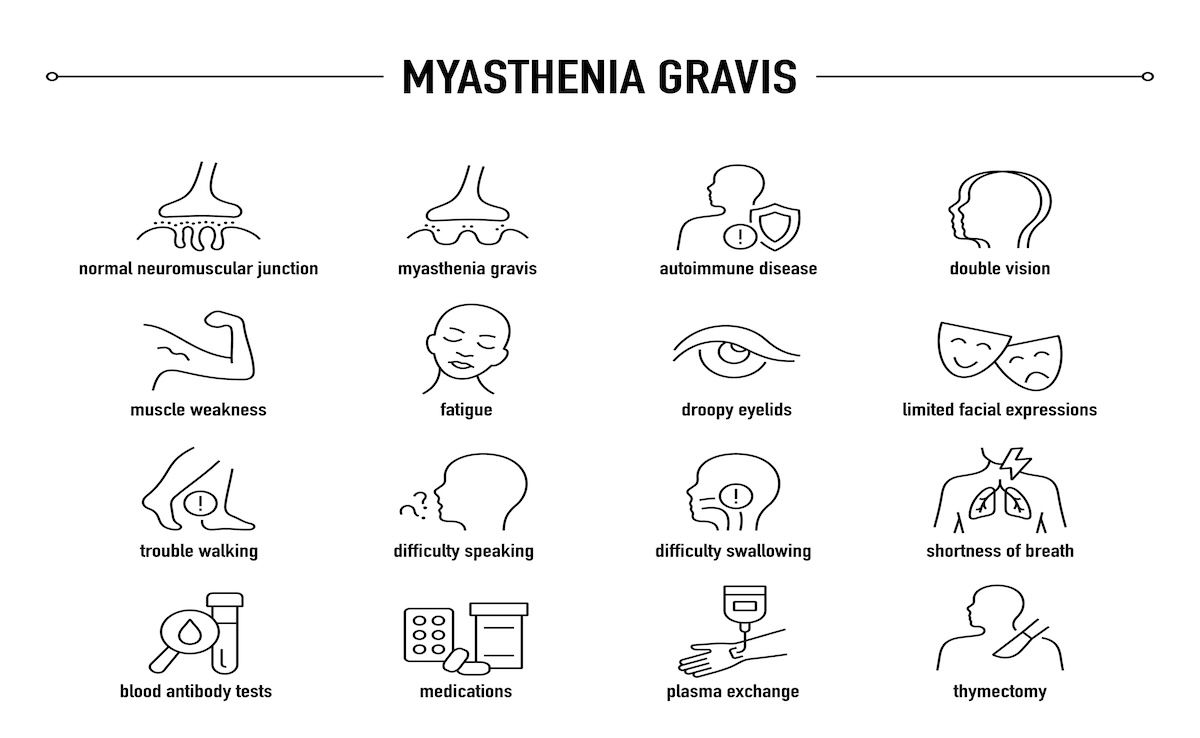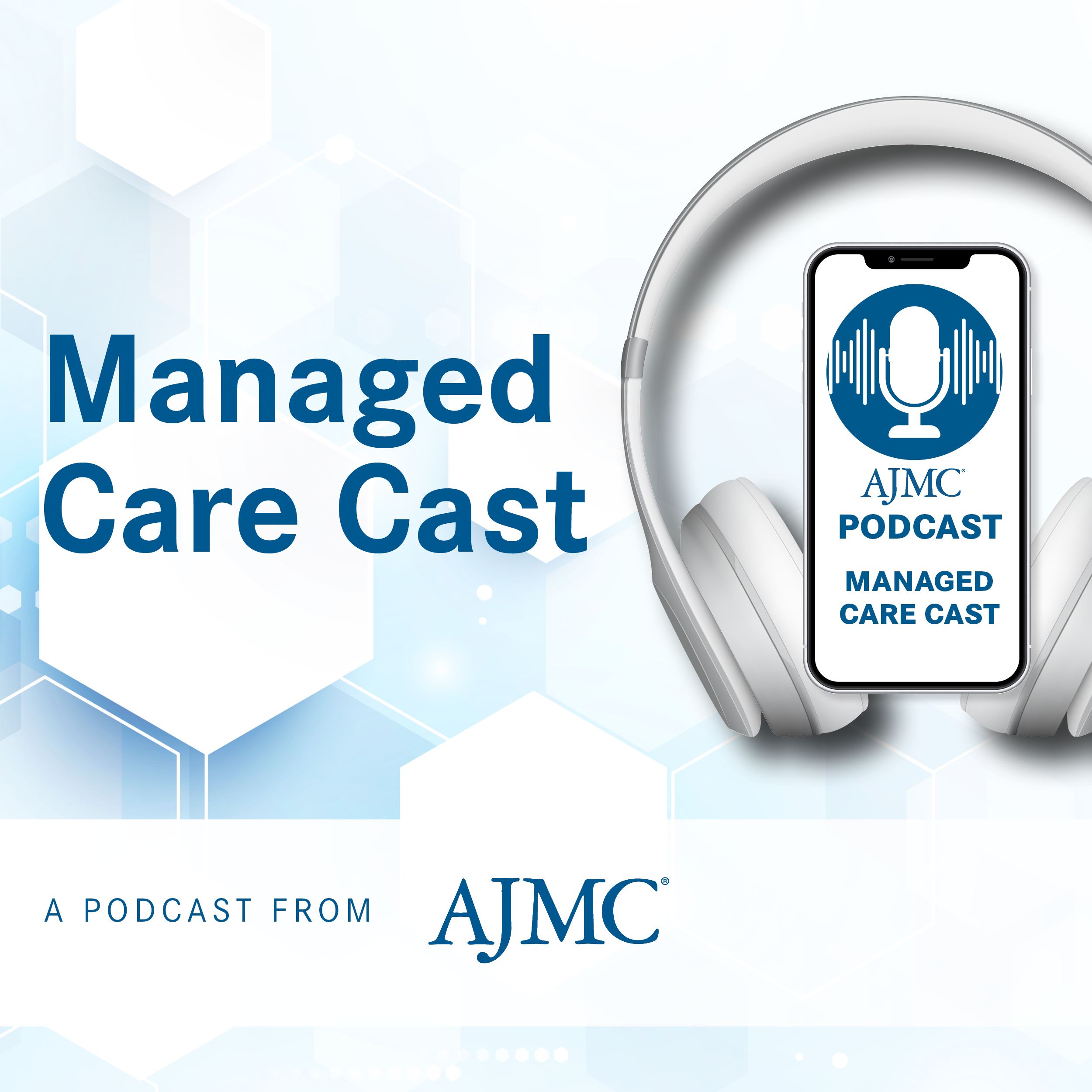Video
Dr Thomas Graf: How the Impact of Novel Therapies Varies Among Stakeholders
Each stakeholder (employers, patients, family members, physicians, payers) values the impact of novel therapies differently, said Thomas Graf, MD, chief medical officer and vice president, Horizon Blue Cross Blue Shield of New Jersey.
Each stakeholder (employers, patients, family members, physicians, payers) values the impact of novel therapies differently, said Thomas Graf, MD, chief medical officer and vice president, Horizon Blue Cross Blue Shield of New Jersey.
Transcript
How does the impact of novel therapies vary between different stakeholders?
This is really interesting. For patients, it’s wonderful. We have treatments that are revolutionary, that can cure or dramatically improve the survival outcomes for diseases that really had no good options. The challenges though, they come with significant side effects. For some of them, you actually have to be hospitalized in the intensive care unit when you’re given the drug. That gives you some idea the danger associated with it. Even a successful therapy is a little bit challenging. From a payer perspective or provider perspective, understanding that risk to the patients and the members, understanding that impact of the cost, is a real challenge.
The other piece that I think most people haven’t really thought about is as we think about value in healthcare. Each stakeholder values it differently: employers, patients, family members, physicians, payers. But the biggest challenge is the time horizon that each of those recognize their value. For patients, the time horizon is obviously their life, they're open to measurement on and ongoing fashion. For employers, perhaps the time horizon that’s relevant is the time someone’s an employee. So, amortizing that half a million-dollar dose drug across the employed time makes a little more sense. Theoretically, as an insurance company, you’d value someone just for the time that they’re an insured member, which is a real challenge in these situations, because they need the treatment now, it’s gonna be very expensive now. In a year or two, as you start to break even on that member, of course you wouldn’t with these new therapies but conceptually, they may very well be insured somewhere else, so figuring out how to get that cost fare across the system, it is a real challenge. There’s no good answers yet.





